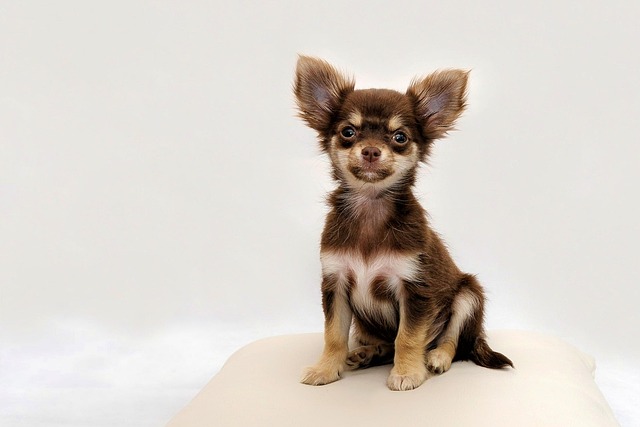
How do i train my dog to be obedient?
Watching your dog dart across the park ignoring your calls isn’t just frustrating—it can put them at risk near busy streets or public spaces.
If you’ve ever frozen when your dog growls at a stranger at the door, or tensed up while walking them because they lunge at other dogs, you know how overwhelming aggression can feel. It’s not just scary—it can make you avoid trips to the park or worry about having guests over. Take my coworker’s story: her 2-year-old shepherd mix, Diesel, started snarling when anyone reached for his food bowl, and once nipped a friend trying to pet him. She felt guilty, like she was “failing” as an owner, but aggression in dogs is rarely about being “mean”—it’s usually a sign they’re scared, confused, or uncomfortable, and it can be managed.
Dogs act aggressively not out of malice, but as a way to communicate. They might feel threatened (a loud noise, a sudden movement), in pain (arthritis making touch painful), or never learned how to interact calmly as puppies. Punishing them—yelling, hitting, or using shock collars—only makes things worse. Dogs don’t understand that the punishment is for their aggression hours later; instead, they learn to fear you, which increases their stress and makes aggression more likely. Positive reinforcement, though, works because it teaches them that calm behavior gets rewards—treats, praise, or play—making them want to repeat those good actions.

Here’s how to start. First, learn their “warning signs”: a stiff posture, raised fur along the back, or a low growl means they’re uneasy. Don’t wait for a snap—act gently. When you see these signs, say “let’s take a break” in a soft voice and guide them to a quiet corner with a favorite toy. Once they relax, give them a tiny treat (like a piece of chicken) and a pat. Over time, practice “desensitization”: if they react to other dogs, start far enough away that they stay calm, then reward them. My neighbor’s terrier, Max, used to bark at every passing dog; after 6 weeks of rewarding quiet behavior from a distance, he now wags his tail instead.
As a responsible dog owner in the U.S., remember the basics. Keep rabies vaccines current—all states require it by law, and your vet can help track due dates. When out, always carry poop bags—leaving messes isn’t just rude, it’s illegal in most cities, with fines up to $150. In apartments, manage barking from anxiety with calming music or pheromone diffusers to avoid upsetting neighbors. On walks, keep them leashed (check local laws—many areas mandate 6-foot leashes) and give kids, cyclists, or other pets plenty of space. Never punish aggression with force—it’s inhumane and ineffective. With patience and positive training, your dog can learn to feel safe, and you’ll both enjoy calmer days.

Watching your dog dart across the park ignoring your calls isn’t just frustrating—it can put them at risk near busy streets or public spaces.

New puppy owners often find themselves rushing to clean up accidents before they set in, and that’s where puppy pad training becomes a game-changer.

If you've noticed your dog's waistline disappearing and your veterinarian has mentioned those few extra pounds, your first instinct might be to simply reduce the amount of food in their bowl.

Training a dog to use a designated spot indoors isn’t as daunting as many new owners fear, but it does take consistency and an understanding of your pet’s needs.

That moment of dread on a walk is all too familiar for many new dog owners. You see another dog approaching down the sidewalk of your neighborhood

If the sight of another dog on your neighborhood walk makes your heart sink as your own dog erupts into a frenzy of barking and lunging, you're not alone.